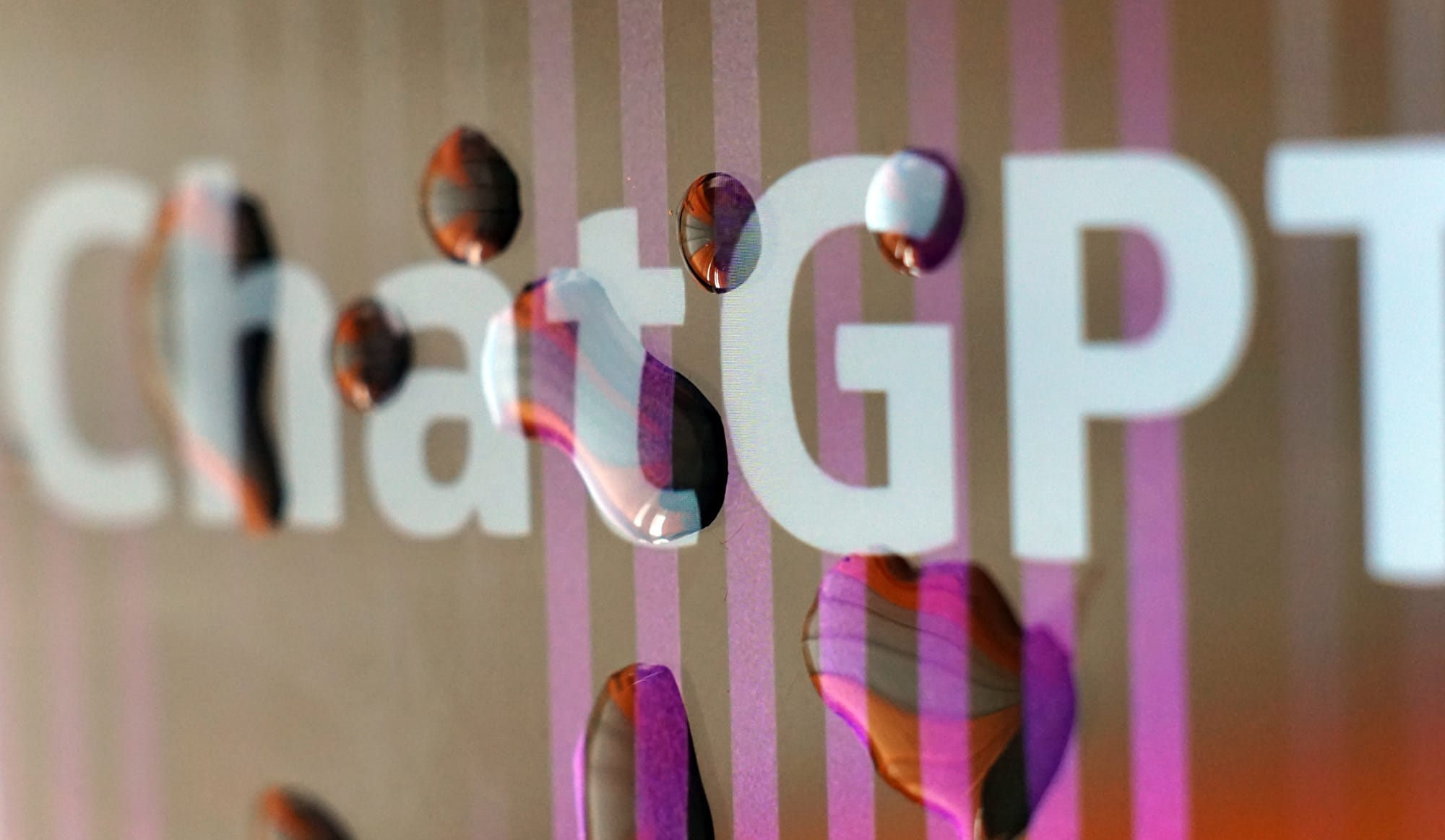Our OpenAI SWOT analysis identifies the strengths, opportunities, weaknesses, and threats the leading Artificial Intelligence company is facing.
Do you want Artificial Intelligence to do all of your work while you just sit and chill? If yes then it is essential for you to know about OpenAI.
Over the years, many AI tools and platforms have emerged. Recently, OpenAI has become the most popular AI source due to its accuracy and precision. Looking at the popularity of OpenAI, and having completed our OpenAI PESTLE analysis already, we decided to conduct an OpenAI SWOT Analysis.

However, before we proceed and conduct the SWOT analysis, let's look at the history and current operations of OpenAI so that you all are well aware of what OpenAI is.
OpenAI is an AI research laboratory consisting of the for-profit OpenAI LP and the non-profit OpenAI Inc. The organization was co-founded in 2015 by tech luminaries such as Elon Musk, Sam Altman, Greg Brockman, Ilya Sutskever, John Schulman, and Wojciech Zaremba.
The idea behind OpenAI was to create an organization that would help build safe and beneficial AI systems that could benefit humanity. The organization was established with a $1 billion endowment from its founders and investors, making it one of the largest AI research organizations in the world.
In its early years, OpenAI focused on developing cutting-edge AI technologies and making them available to researchers and developers around the world. The organization also worked on advancing state-of-the-art natural language processing, robotics, and other areas of AI research.
One of OpenAI's most significant accomplishments was the development of GPT (Generative Pre-trained Transformer), a language model capable of generating human-like text. The organization has also significantly contributed to reinforcement learning, robotics, and computer vision.
In 2019, OpenAI announced that it would be transitioning to a for-profit model to secure additional funding to continue its research and development efforts. As part of this transition, the organization created OpenAI LP, responsible for commercializing OpenAI's technologies and partnering with other companies.
OpenAI has continued to make significant strides in AI research and development, focusing on developing AI technologies that benefit humanity. However, the organization has also been vocal about the need for AI research to be transparent and ethical and has called for increased regulation and oversight of the field.
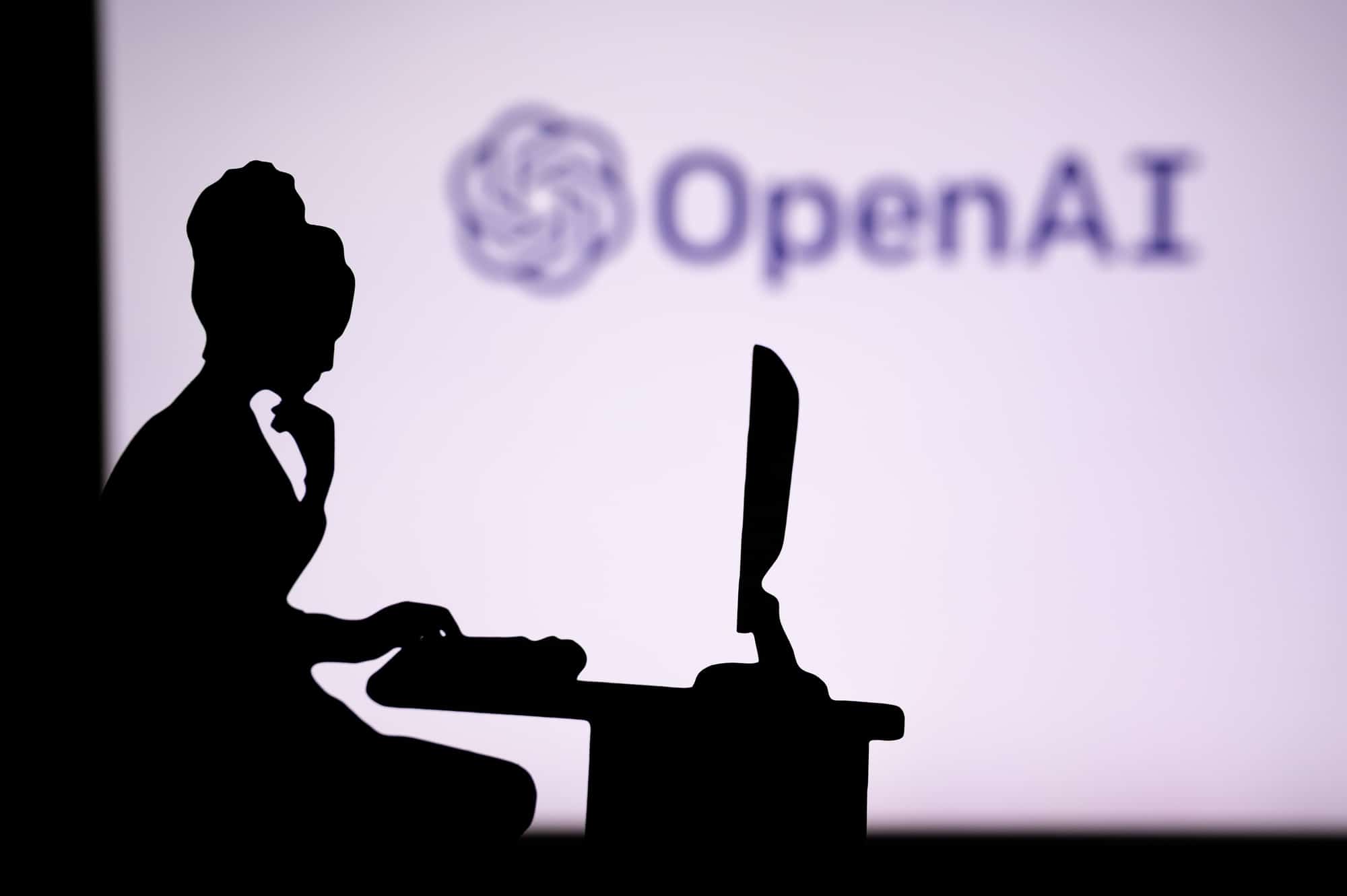
Today, OpenAI remains one of the world's most prominent AI research organizations, with a team of researchers and developers working to advance state of the art in AI and make it accessible to the broader research community.
Now that we have insight into OpenAI let's proceed further and discuss what SWOT analysis is. SWOT analysis is a tool that organizations use to identify their strengths, opportunities, weaknesses, and threats they face.
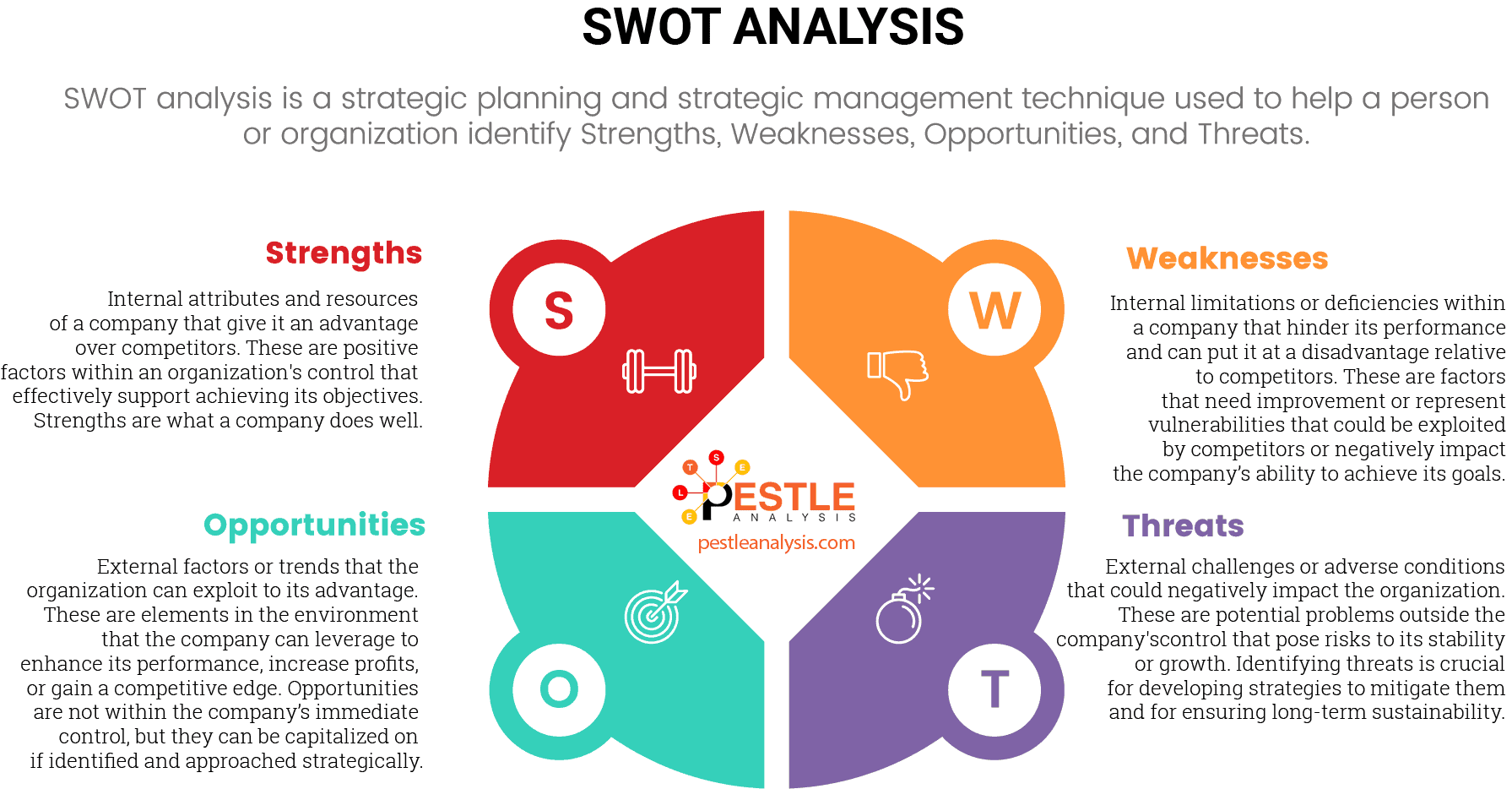
A SWOT template provides a complete picture of the external and internal factors that impact an organization's operations.
Now that we are done with discussing the significance of SWOT analysis let's begin with our OpenAI SWOT analysis!
Strengths of OpenAI
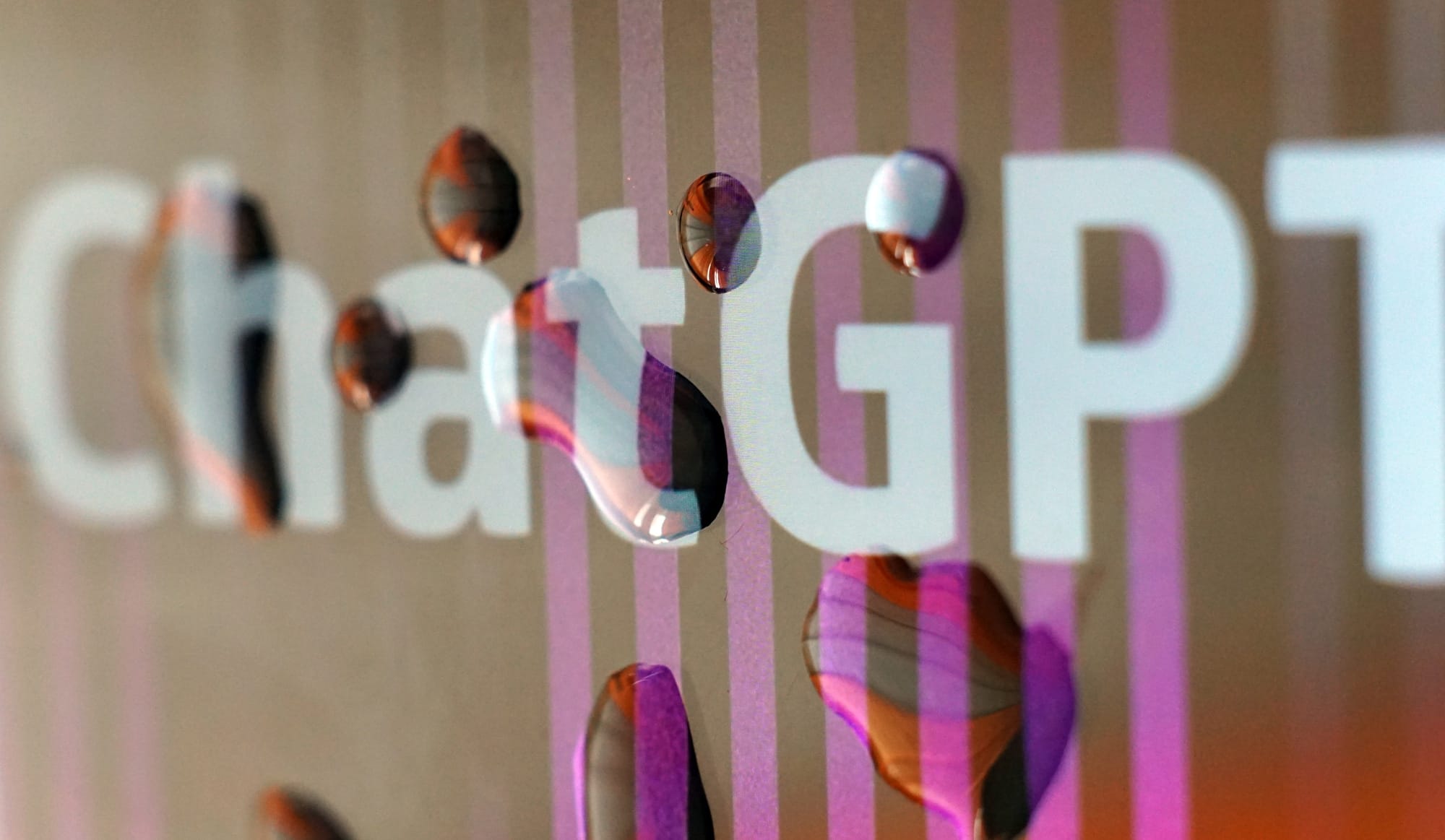
The strengths of any organization are the factors that provide a unique identity to the brand. In this section, we will discuss some factors that provide strength and uniqueness to OpenAI.
Strengths In Research
OpenAI's strong research team has made significant contributions to artificial intelligence. This team comprises highly skilled researchers and engineers dedicated to advancing state-of-the-art AI through their research efforts.
One of OpenAI's key strengths is its ability to develop new models and algorithms that push the boundaries of AI's current possibilities. This includes developing state-of-the-art models for natural language processing, computer vision, and reinforcement learning.
For example, the organization's research team developed OpenAI's GPT-4 language model, which is currently one of the most advanced models for natural language processing.
Access To Data
Access to data is a crucial factor in developing effective AI models, and OpenAI has a significant advantage in this area. The organization has access to large amounts of data from various sources, including public datasets, proprietary data provided by partner companies, and data generated through its research efforts.
This data is critical for training and developing AI models that accurately and effectively perform natural language processing, computer vision, and reinforcement learning tasks.
For example, in the case of natural language processing, having access to large amounts of text data enables OpenAI to train language models to understand and generate natural language text.
Industry Partnerships
OpenAI has partnered with several companies, including Microsoft, IBM, and others, to develop and apply AI solutions to real-world problems. These partnerships provide several benefits to OpenAI, as well as to the partner companies.
One key benefit of these partnerships is access to additional resources and expertise. Partner companies often have significant resources, including data, computing infrastructure, and specialized expertise, that OpenAI can leverage in its research and development efforts.
This can accelerate progress and enable OpenAI to tackle more complex and challenging problems.

Weaknesses of OpenAI
In the previous section, we discussed the strengths of OpenAI. However, besides the strengths, the artificial intelligence research laboratory has some weaknesses too. Let's take a look at the weaknesses OpenAI possesses.
Limited Financial Resources
OpenAI has secured significant funding from investors and partners. However, its financial resources are still relatively limited compared to some of its competitors.
This can be a significant weakness for the organization, as it can limit its ability to pursue certain projects or initiatives requiring significant resources or scale its operations as quickly as it would like.
For example, developing and training advanced AI models requires significant computational resources. However, acquiring and maintaining these resources is relatively expensive.
Additionally, the costs associated with recruiting and retaining top talent in AI can also be high. As a result, OpenAI may struggle to compete with other organizations that can offer more attractive compensation packages.
Dependence On Talent
OpenAI's success largely depends on its ability to attract and retain top talent in AI, making this a potential weakness for the organization. As an organization focused on cutting-edge research and development in AI, OpenAI relies heavily on the expertise of its researchers, engineers, and other staff members.
However, competition for top talent in AI is fierce, and there is a risk that OpenAI could lose key personnel to other organizations, particularly those offering more attractive compensation packages or other incentives.
This can be a significant challenge for OpenAI, as the loss of key personnel can lead to a loss of institutional knowledge and expertise and a slowdown in research and development efforts.
Limited Real-World Impact
While OpenAI has made significant progress in developing advanced AI technologies, its real-world impact is still somewhat limited, which is a potential weakness for the organization.
While the company has made notable achievements in AI research and development, it is unclear how these developments will translate into practical applications that can significantly impact society.
One reason for this limitation is that many of OpenAI's developments are still in the research stage and have not yet been widely adopted or applied in practical settings.
This means that the full potential of these developments may not yet be realized, and it may take additional time and effort to fully understand how they can be used to address real-world problems.
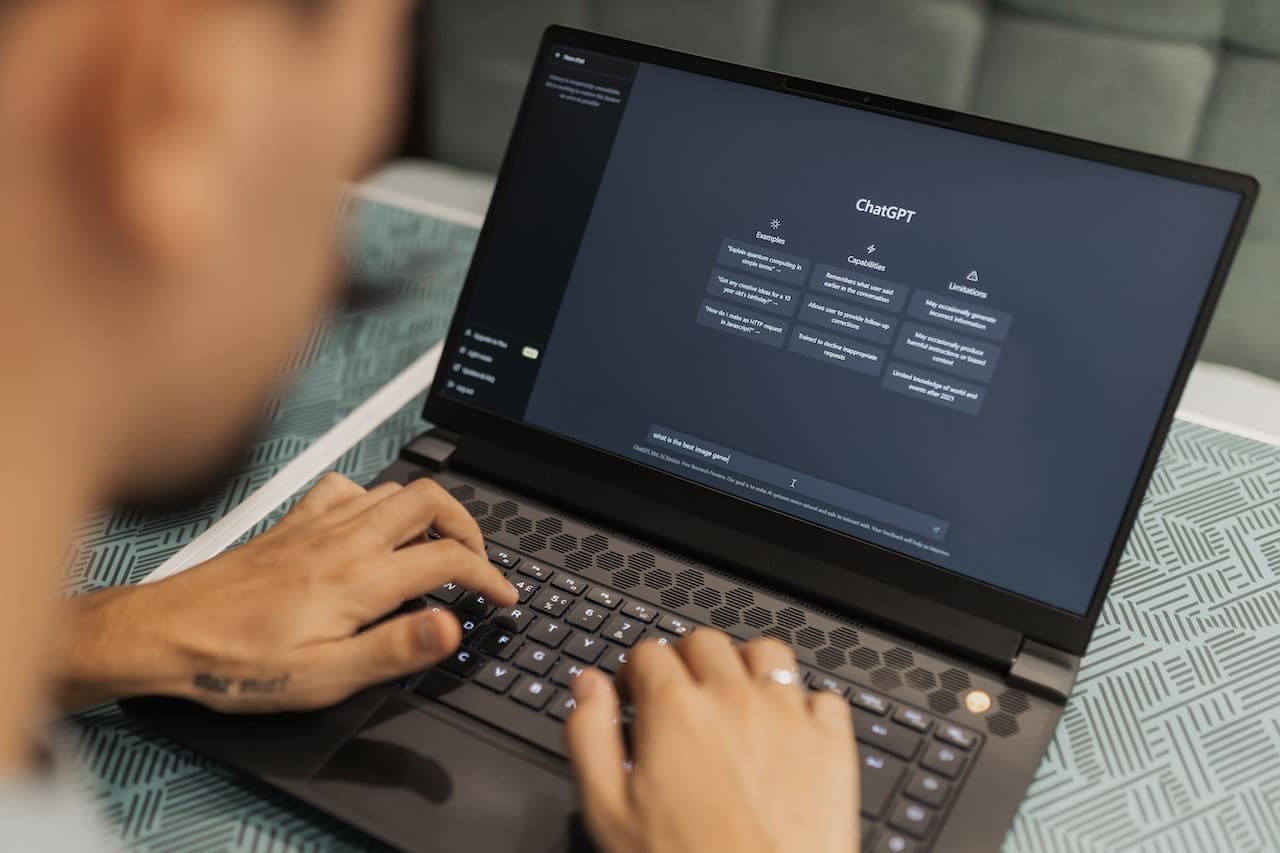
Opportunities Present For OpenAI
Organizations always have the opportunity to grow. This section will analyze what growth opportunities lie ahead of OpenAI.
Growing Demand For AI Technologies
OpenAI develops and provides AI technologies, a potential opportunity for the company. As businesses and organizations across many industries and sectors increasingly seek to leverage AI technologies to improve efficiency, productivity, and innovation, there is a growing demand for high-quality AI solutions that meet their needs.
This presents an opportunity for OpenAI to develop and provide AI technologies that can address the needs of businesses and organizations across various sectors, including healthcare, finance, manufacturing, and transportation.
By leveraging its expertise in AI research and development, OpenAI can help develop innovative solutions enabling organizations to make data-driven decisions and automate various processes, among other benefits.
Increased Public Awareness And Support
As AI technologies become more prevalent in society, there is an increasing public interest in understanding these technologies' potential benefits and challenges. OpenAI, as a leading organization in AI research and development, has an opportunity to increase public awareness and support for its mission and activities.
Increased public awareness and support can help build trust and credibility for OpenAI as an organization committed to advancing AI technologies responsibly and ethically. This can be particularly important given the concerns and controversies surrounding AI technologies, such as bias, privacy, and job displacement.
Expansion Into New Markets And Industries
As the demand for AI technologies continues to grow, there is a significant opportunity for OpenAI to expand its operations into new markets and industries. By developing AI solutions for new industries and sectors, OpenAI can diversify its revenue streams and expand its customer base.
OpenAI has already partnered with companies across various industries, such as healthcare, finance, and energy, to develop and apply AI solutions to real-world problems.
By leveraging its AI research and development expertise, OpenAI can expand into new markets and industries, such as retail, manufacturing, and transportation, where AI technologies can provide significant benefits and improve efficiency and productivity.
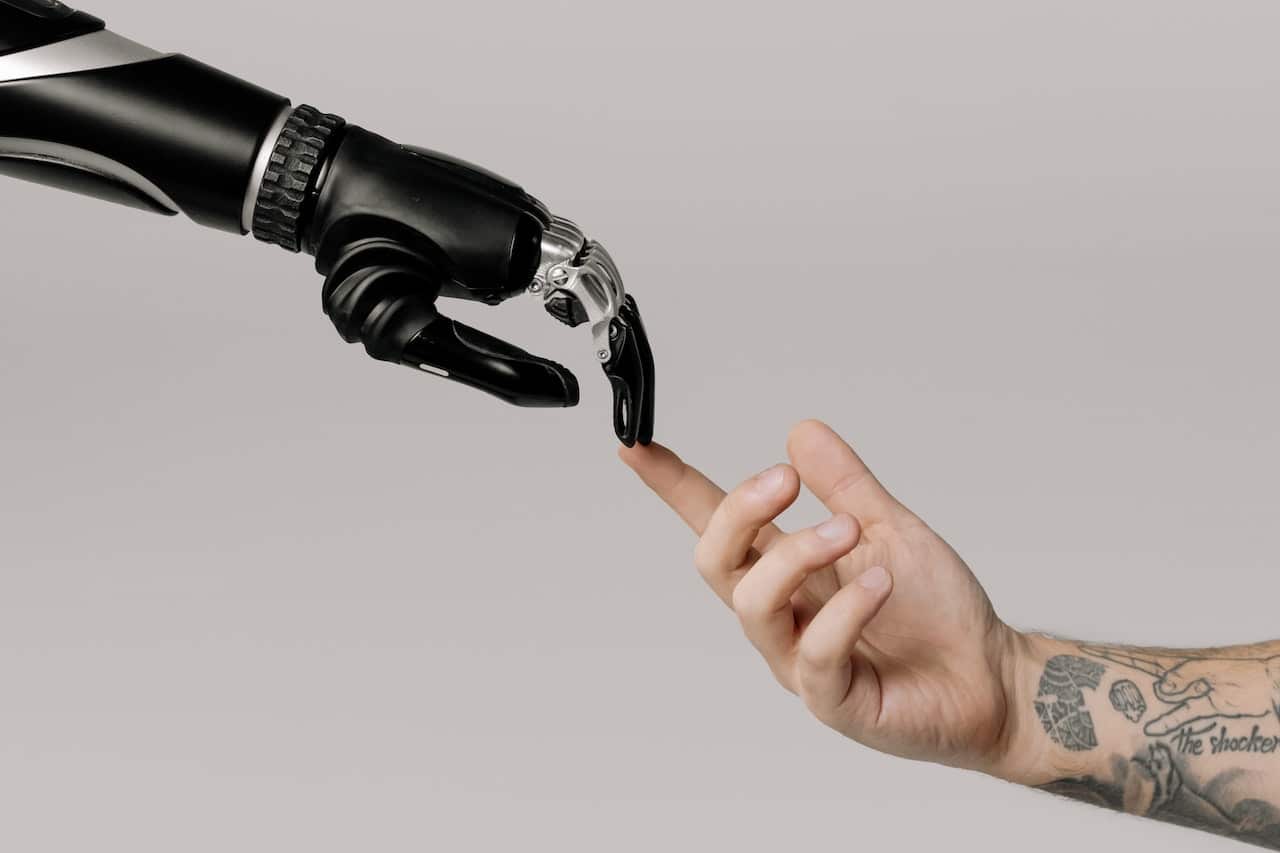
Threats Faced By OpenAI
Although OpenAI is riding the wave of popularity currently. However, there are several threats that OpenAI has to face from the external environment.
Tough Competition
The competition in AI is intense, with many companies and organizations investing heavily in research and development. OpenAI faces competition from established tech giants like Google and Facebook, which have large research teams and significant financial resources to invest in AI.
These companies have made significant progress in developing advanced AI technologies and deployed AI-based solutions in various applications. In addition, new startups and research institutions are also emerging and developing innovative AI solutions.
This competition makes it more challenging for OpenAI to attract and retain top talent. Highly skilled AI researchers and engineers are in high demand, and rival companies offer many lucrative compensation packages. This talent competition makes it harder for OpenAI to scale its operations and achieve its goals.
Regulatory Challenges
As AI technologies become more prevalent, governments and regulators worldwide are developing policies and regulations to ensure they are developed and used responsibly. These regulations aim to address issues such as data privacy, bias, and ethics, which can arise from using AI technologies.
As a leading organization in developing advanced AI technologies, OpenAI may face regulatory challenges as governments and regulators develop new policies and regulations around AI.
These regulations could restrict the development and use of certain AI solutions or impose additional compliance requirements on companies that develop and use AI technologies.
Cybersecurity Risks
OpenAI's research activities and access to large amounts of data may make it an attractive target for cyberattacks and security breaches. In addition, as AI technologies become more complex and integrated into various systems, they become more vulnerable to exploitation and hacking.
This could result in the theft of valuable research data or the compromise of sensitive information, which could have serious consequences for OpenAI and its partners.
Legal and Competitive Pressures from SearchGPT Launch
The launch of SearchGPT brings new threats to OpenAI, including legal challenges and competitive pressures.
As OpenAI enters the search market, it faces potential legal actions from publishers, similar to those faced by competitors like Perplexity. Additionally, the competition with established players like Google and Microsoft’s Bing, as well as emerging AI search tools, could intensify, making it challenging for OpenAI to secure a strong foothold in this new market.
These pressures could impact OpenAI’s growth and market position in the search industry.
OpenAI SWOT Analysis: Final Word
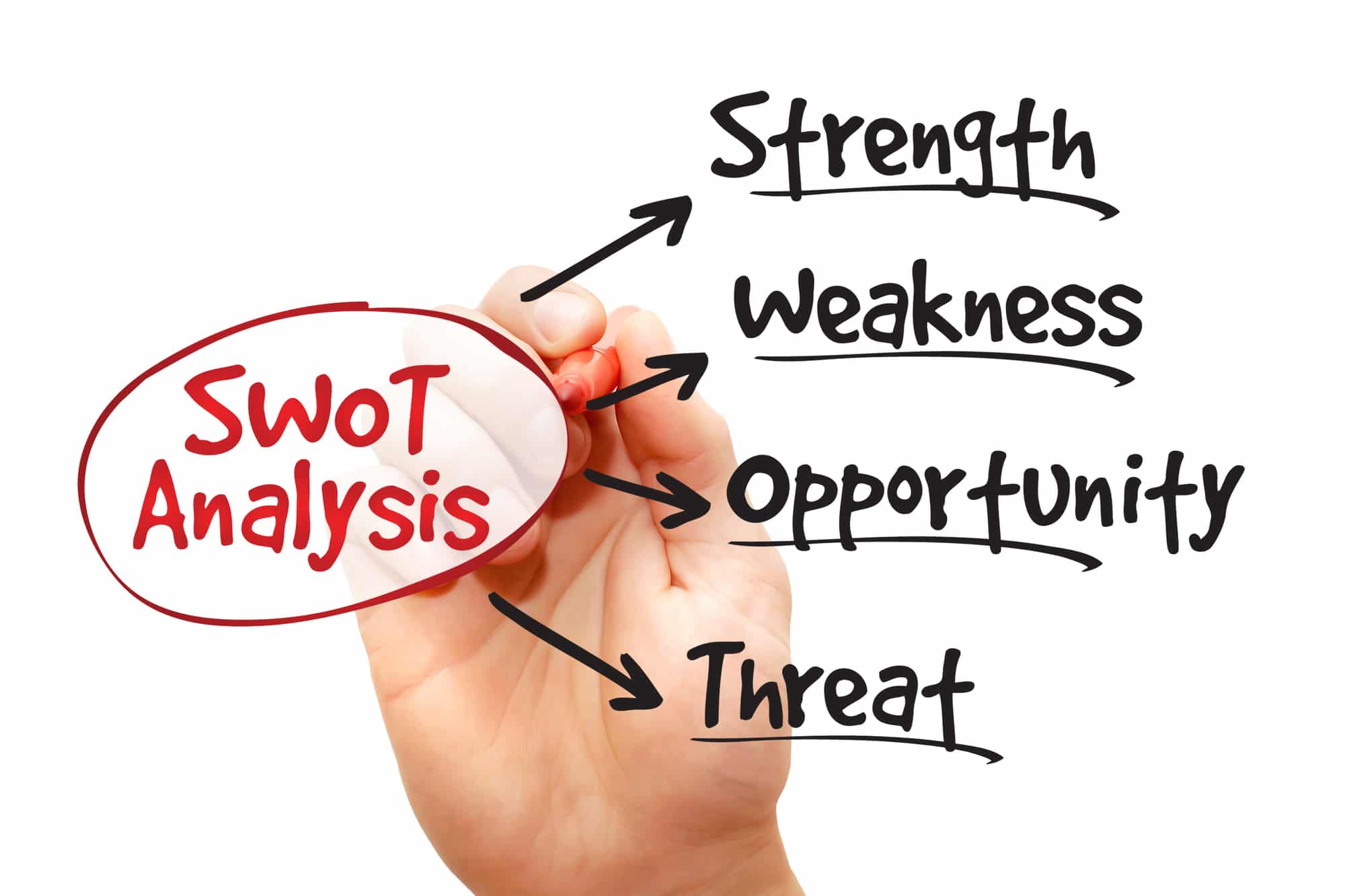
OpenAI is an artificial intelligence research laboratory currently the world's leading AI company. The company started operations in 2015 and is currently one of the top AI-providing companies.
Today's article discussed the history and current operations of the company. After that, it conducted the OpenAI SWOT analysis in which the internal and external factors that affect the operations of OpenAI were discussed.
This article provided you with insight into OpenAI. Besides that, we also discussed how to conduct a SWOT analysis. The findings of this SWOT analysis can also be displayed in the form of a SWOT Matrix.
SWOT analysis is a fantastic tool that helps organizations in making informed decisions. If you want to read more similar SWOT analysis articles, do look at some of its examples.


